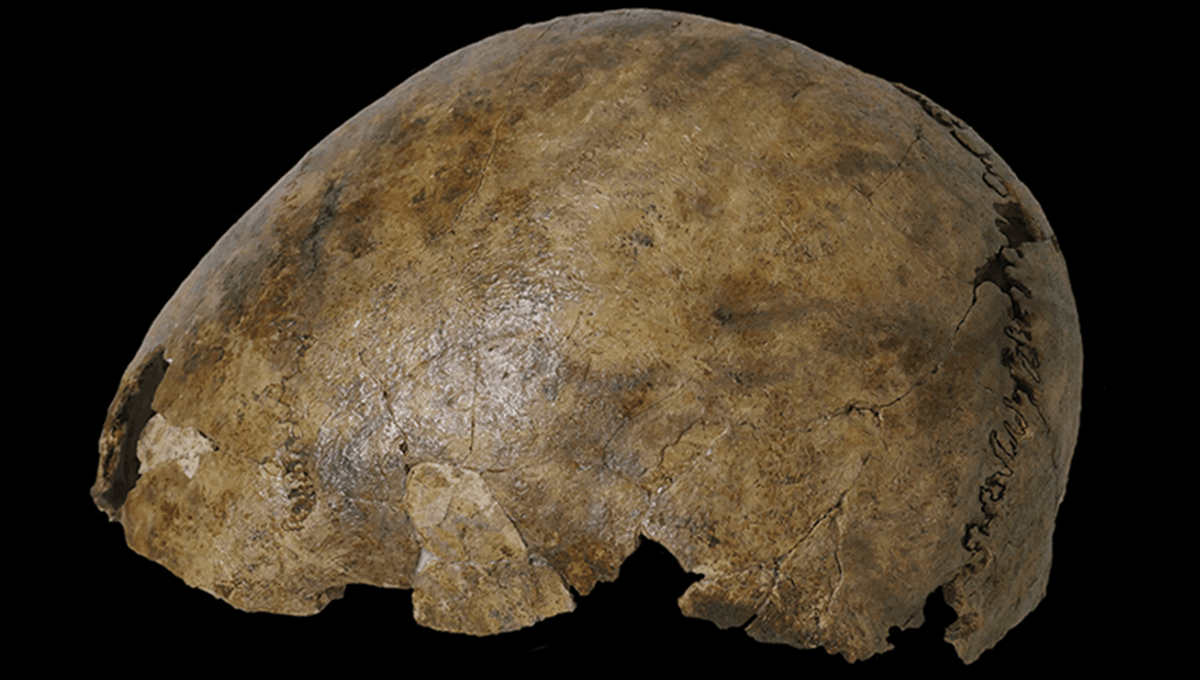
A skeleton found in Belgium and assumed to be of an individual person has, after further examination, turned out to be made of at least seven individuals who lived centuries apart from each other.
In the 1970s, excavations of a large Gallo-Roman town in Pommerœul, Belgium, found 76 cremation burials and one strange burial of remains. The burial site was thought to be from Roman times, around the second to third century CE, based on the surrounding settlement and an item found on the body. However, there were unusual aspects to it.
“The lone inhumation was recovered from a deeper stratigraphic layer than the cremation deposits,” the team explained in their paper. “Although the arrangement of the body is atypical for the Roman period – positioned in a flexed position on the right side – the presence of a Roman bone pin near the cranium led to the interpretation of the inhumation as Gallo-Roman.”
However, radiocarbon dating in 2019 found that while the cremation burials came from the Roman period, the burial was consistent with the Late Neolithic, thousands of years prior. This fit with the burial itself. Supine burials were preferred in the later period, while this skeleton was lying on its (or should we say, their) right-hand side, with flexed legs, more consistent with burials in the Late Neolithic. So why the Roman bone pin?
Re-examining the body, the team found a few more surprises. Examining the bones making up the skeleton, the team found they belonged to at least seven different people, arranged into a single skeleton.
“Although all date broadly to the Late Neolithic, the time intervals for some elements do not overlap,” the team explained. “The high variability present suggests that the individuals lived and died during at least three different periods.”
While most of the bones were from the Late Neolithic, the dating of the cranium was inconclusive. However, DNA analysis was performed on the cranium, finding it closely matched with two people buried in a Roman cemetery 150 kilometers (93 miles) away, around 1,800 years ago. The body was assembled by somebody, from people who died thousands of years apart.
While it would be good to give a definitive reason why, that isn’t really possible with the clues we have been left by time.
“One possibility is that the composite inhumation was disturbed during the interment of cremations during the Gallo-Roman period,” the team suggested, based on the evidence and other similar burials. “Either there was originally no cranium and the Roman community that discovered the burial added one to complete the ‘individual’, or they replaced the existing Neolithic-date cranium with a Roman-period one.”
Another possibility is that the skeleton was assembled entirely during the Roman era, from a fresh (or fresh-ish) cranium, and “locally sourced” bones from Neolithic times. However, the team favors the first hypothesis, due to there being no similar examples of the latter, and how the body was positioned in its grave.
“More likely is the scenario that the composite burial was first assembled by a local Neolithic group,” the team concluded, “and that, some 2,500 years later, the Gallo-Roman inhabitants of the area disturbed and ‘restored’ the burial.”
The study is published in Antiquity.
Source Link: Ancient Skeleton Turns Out To Be At Least 7 People Born Thousands Of Years Apart